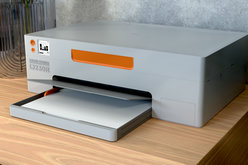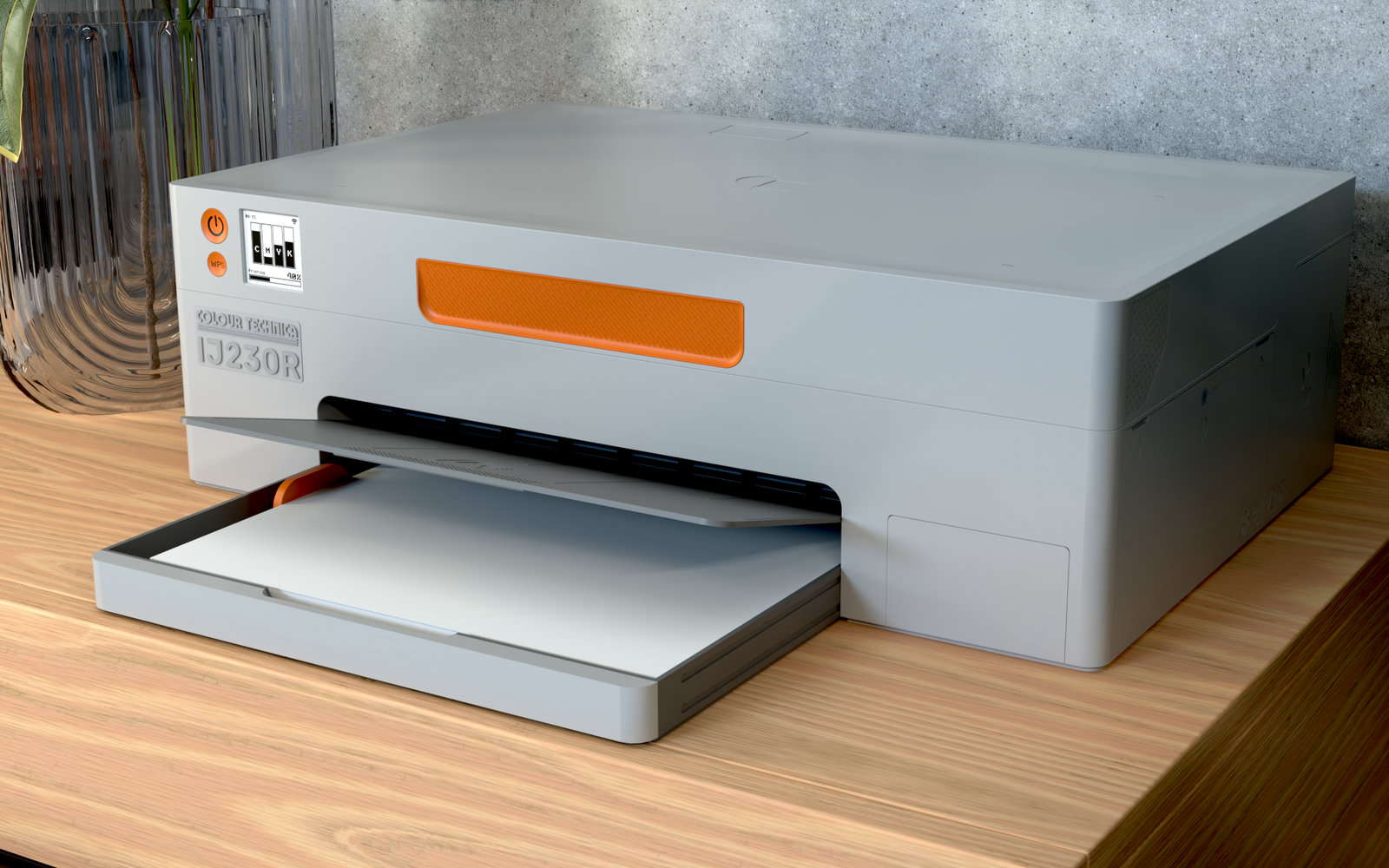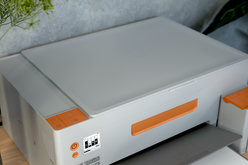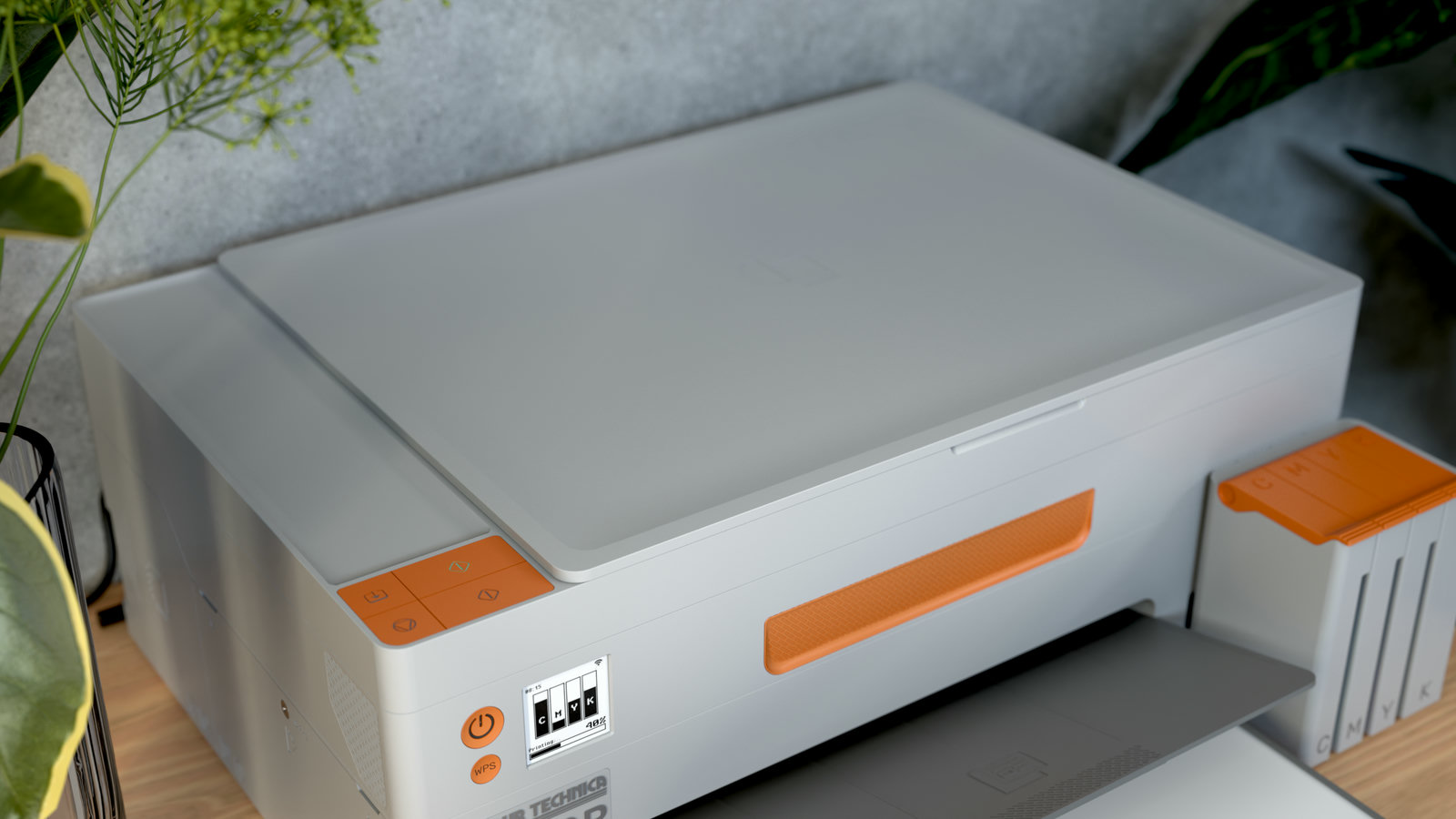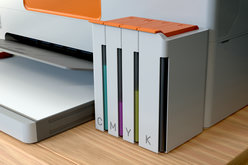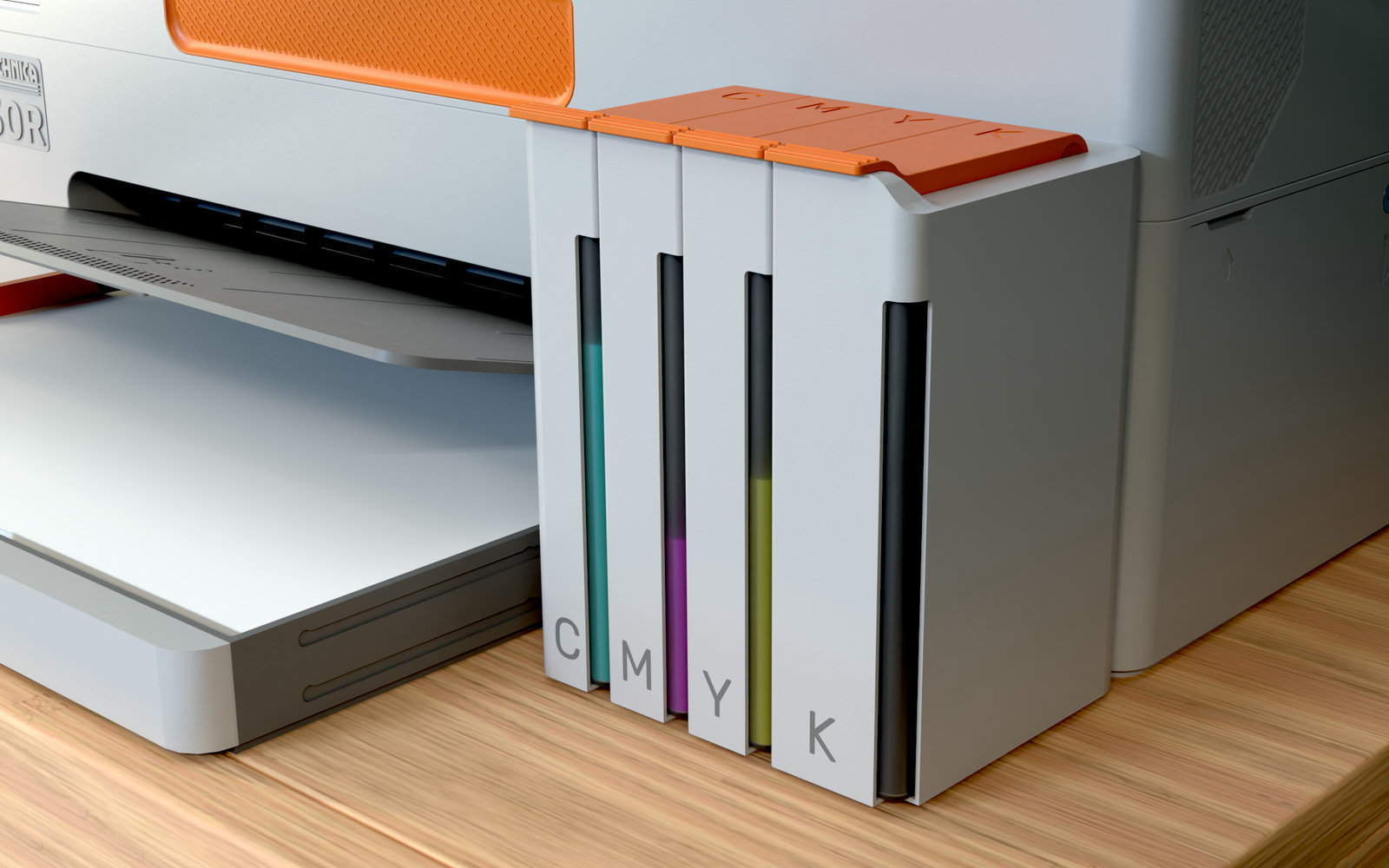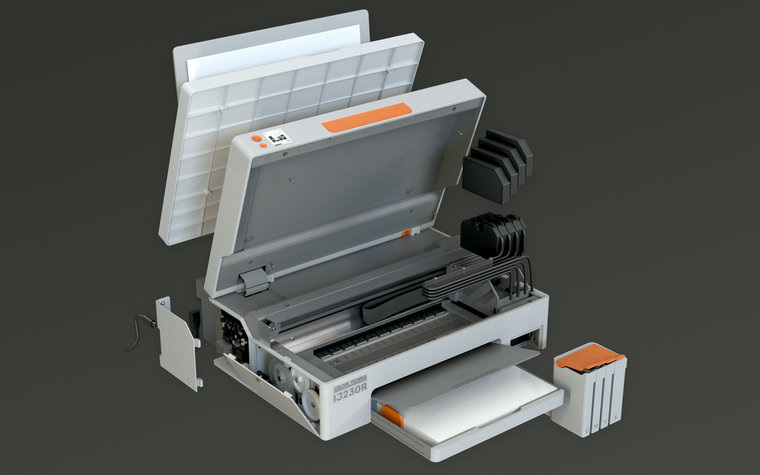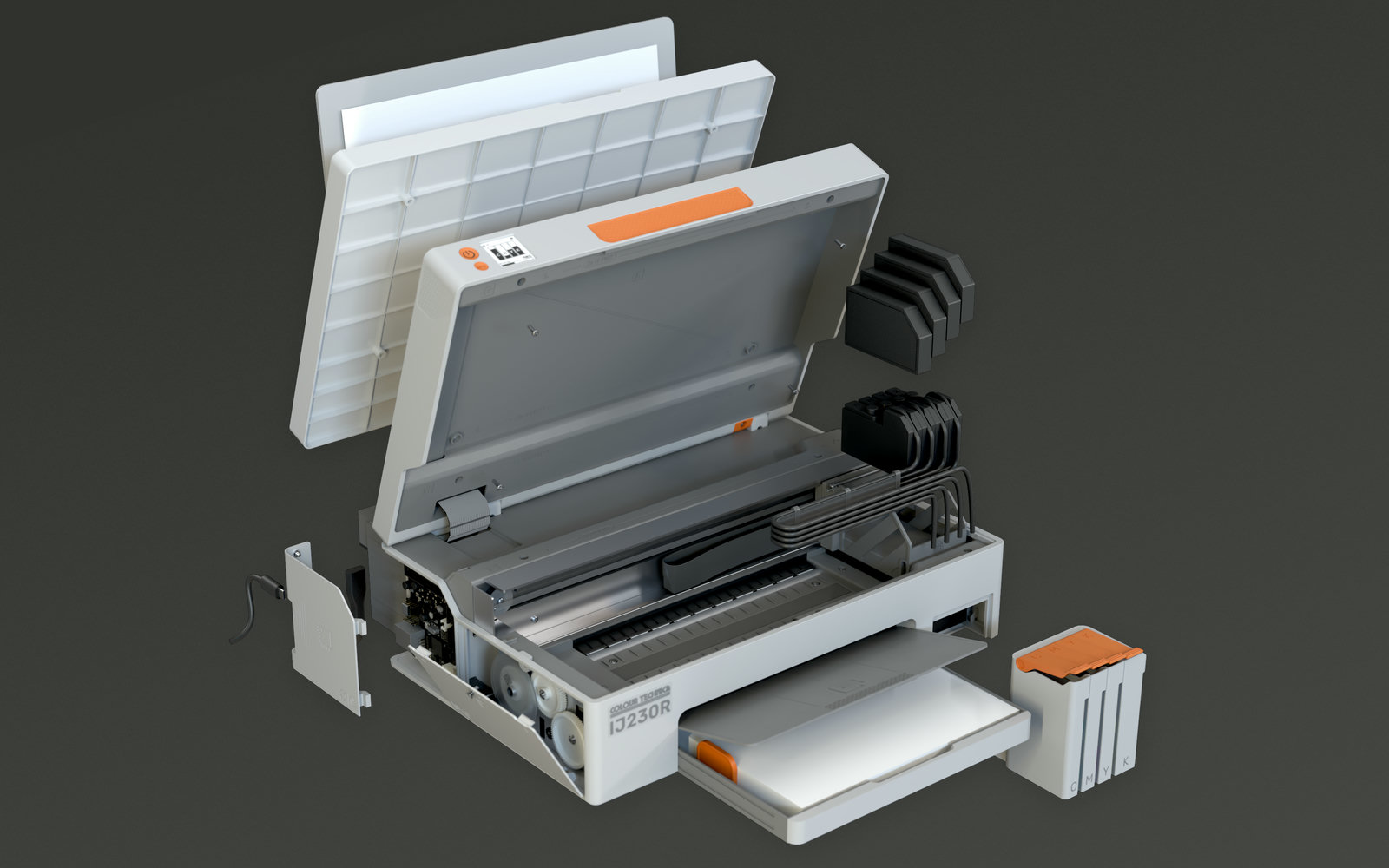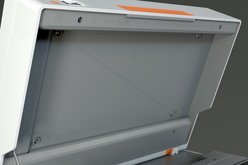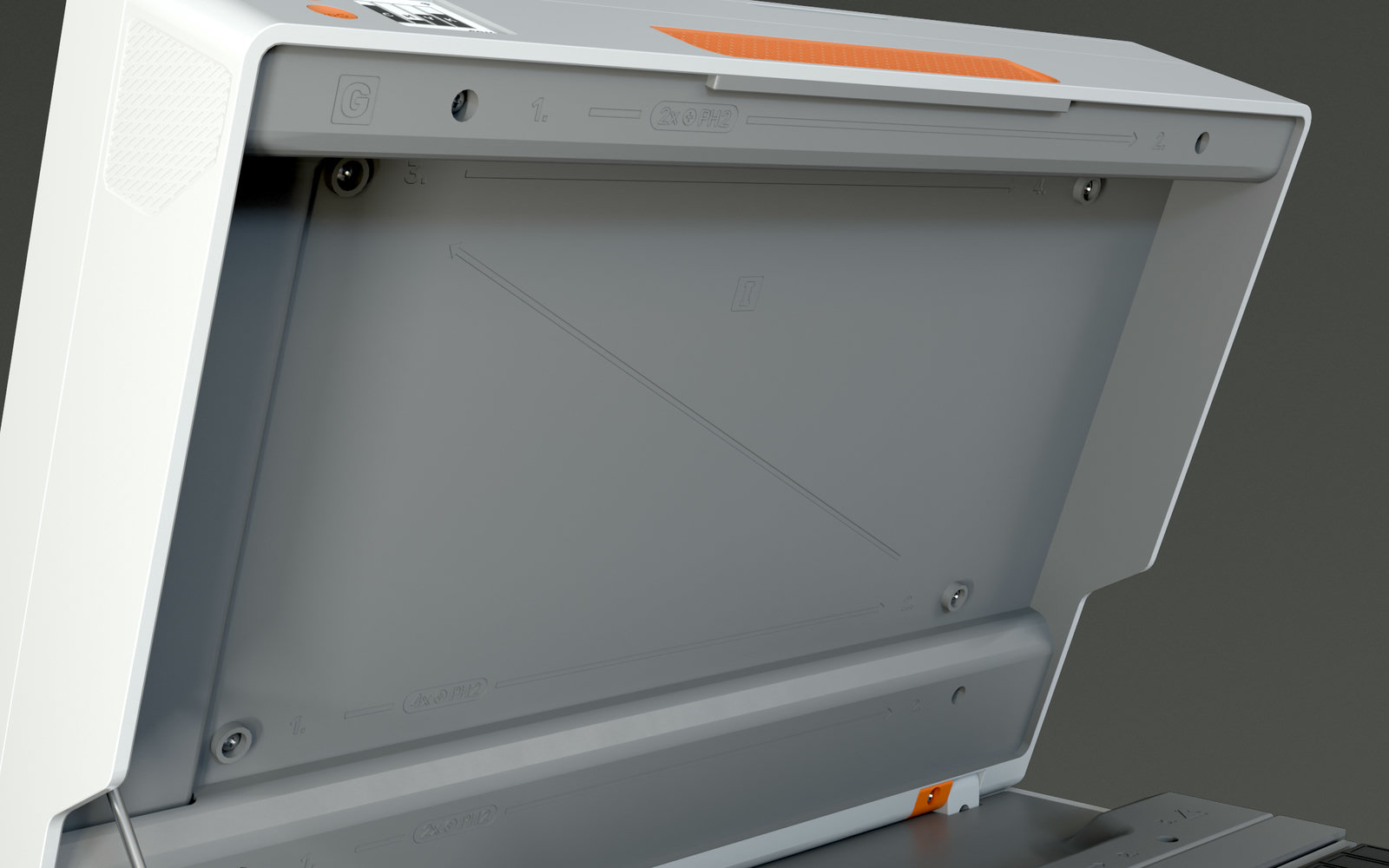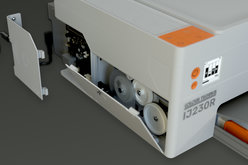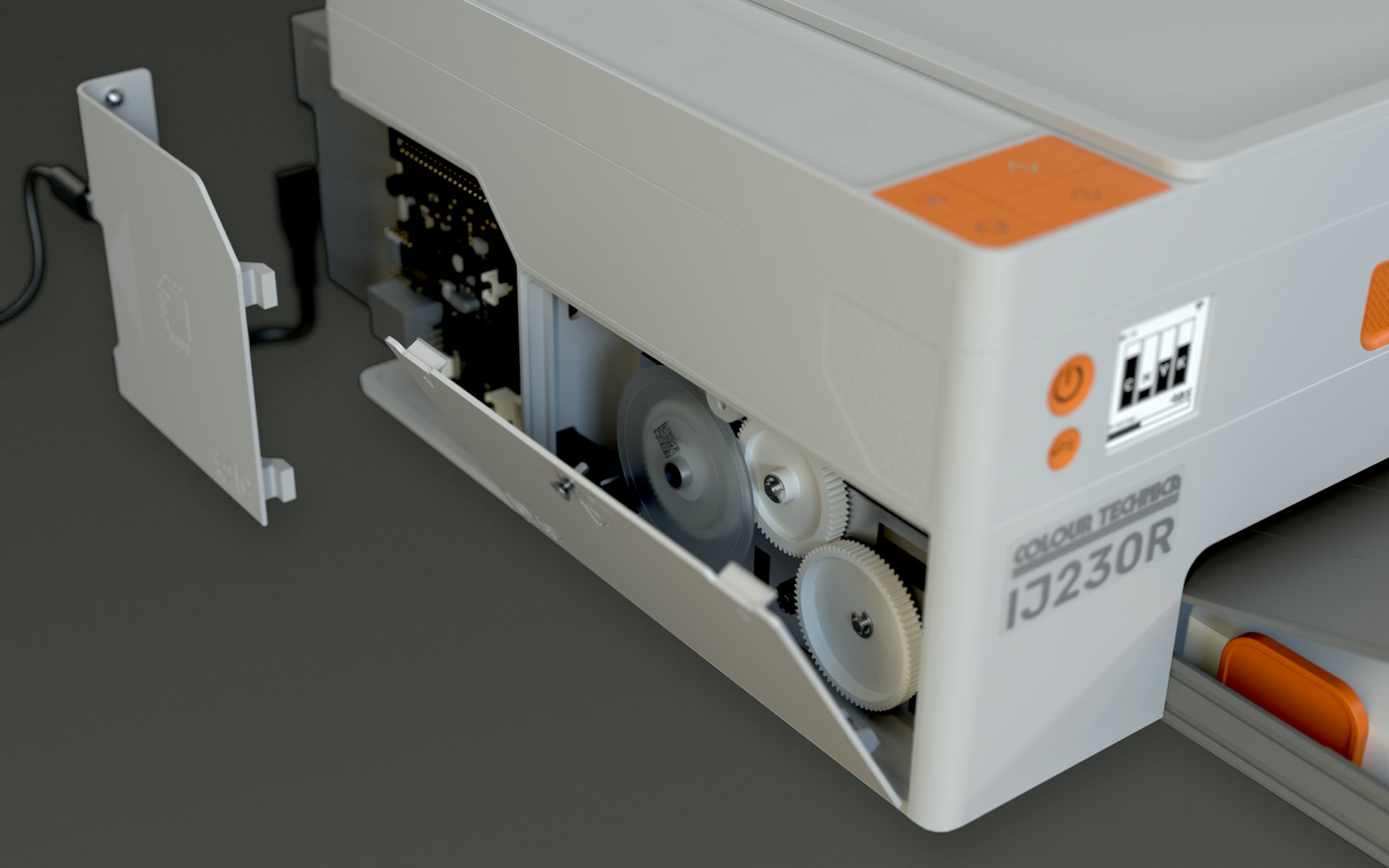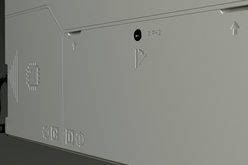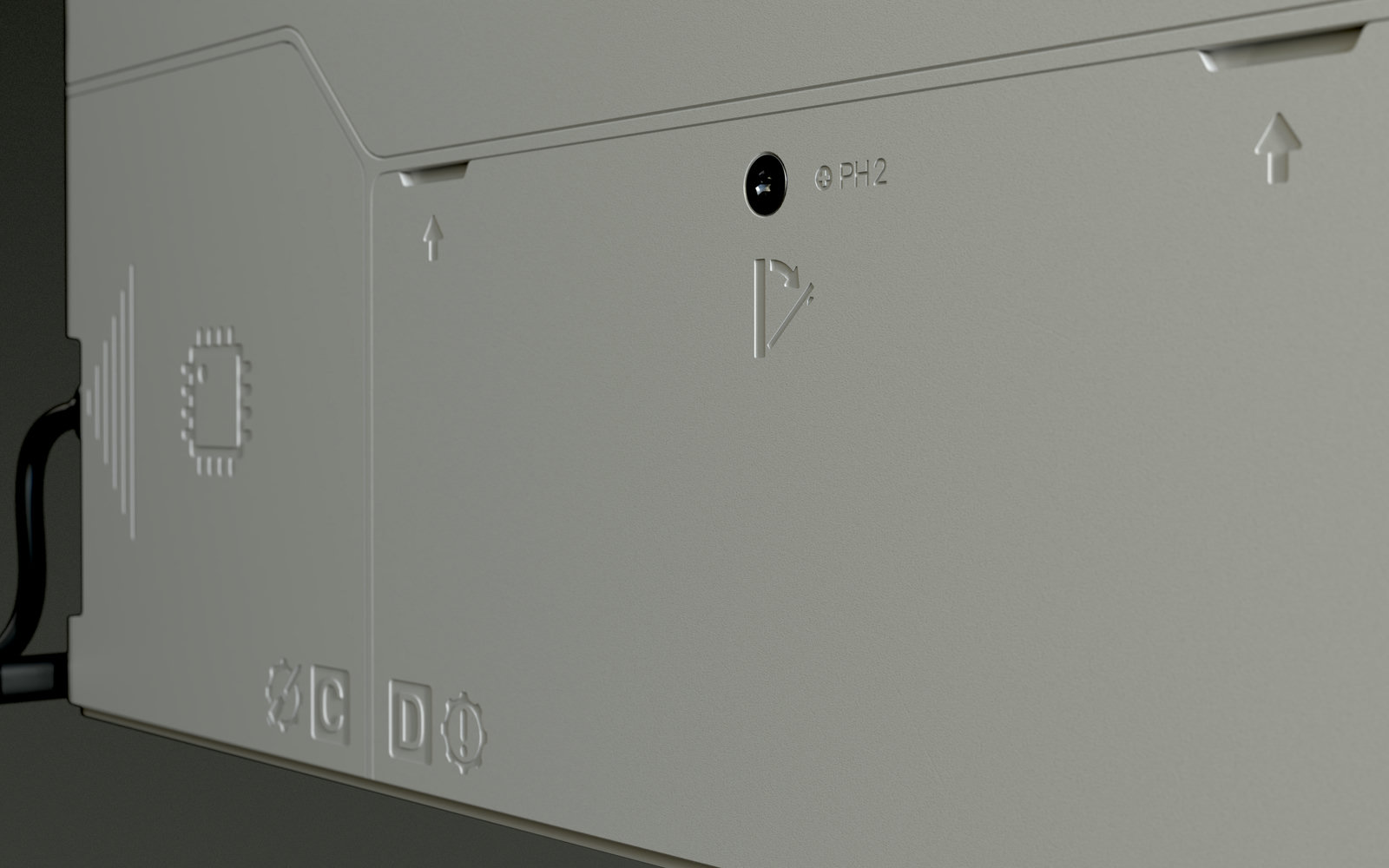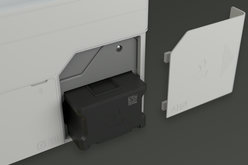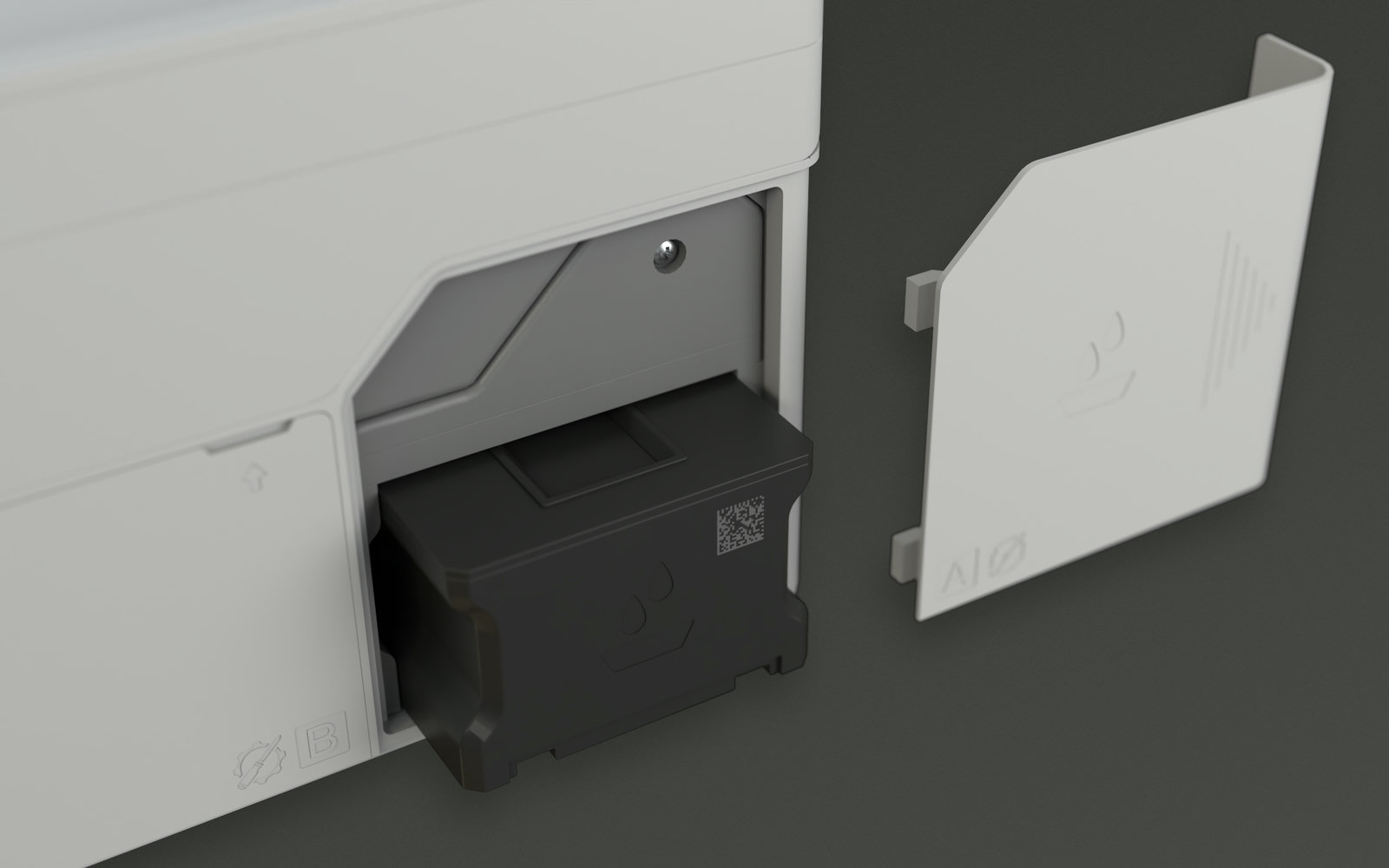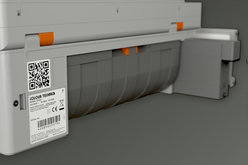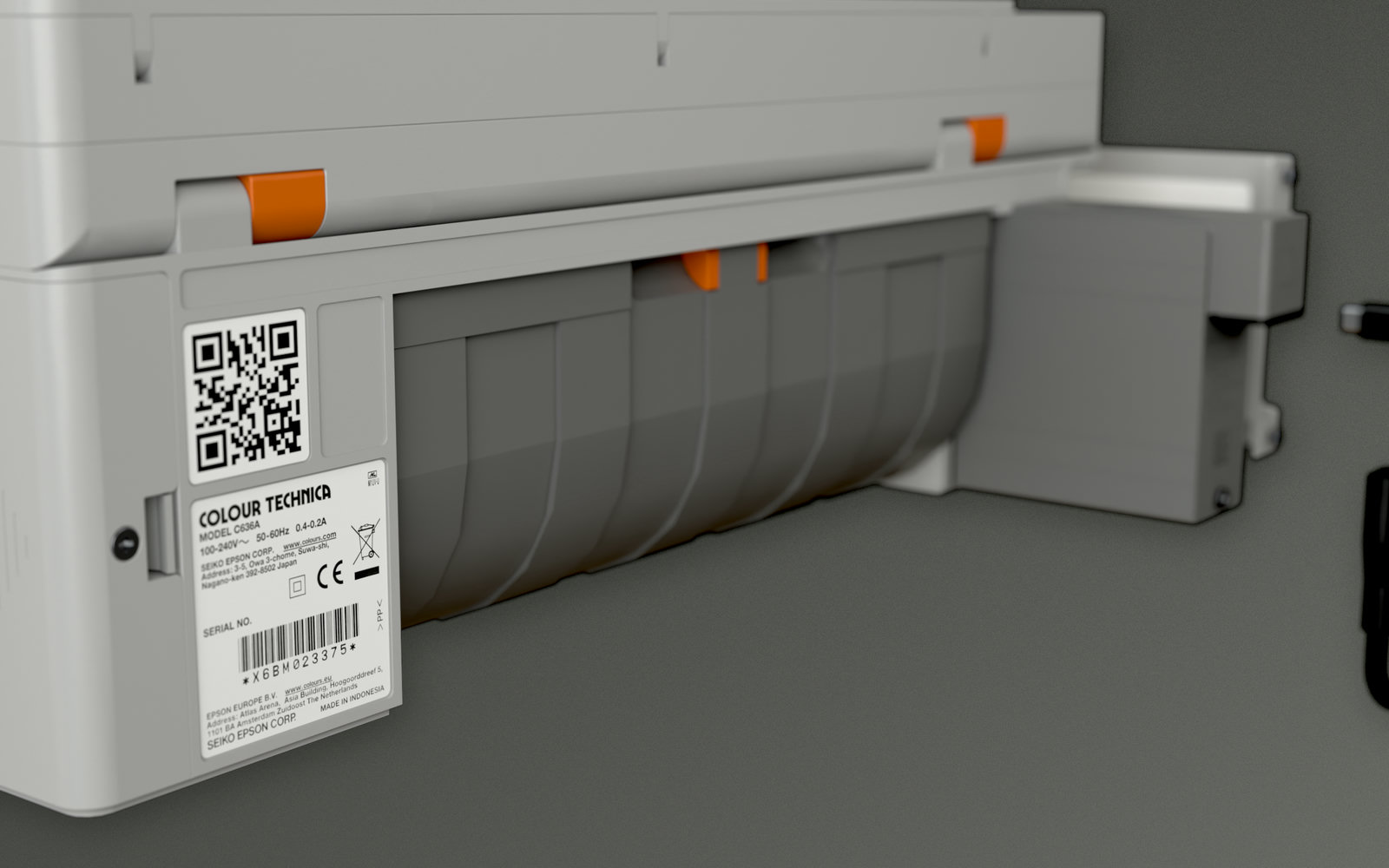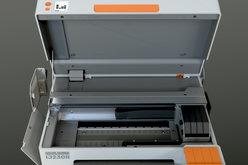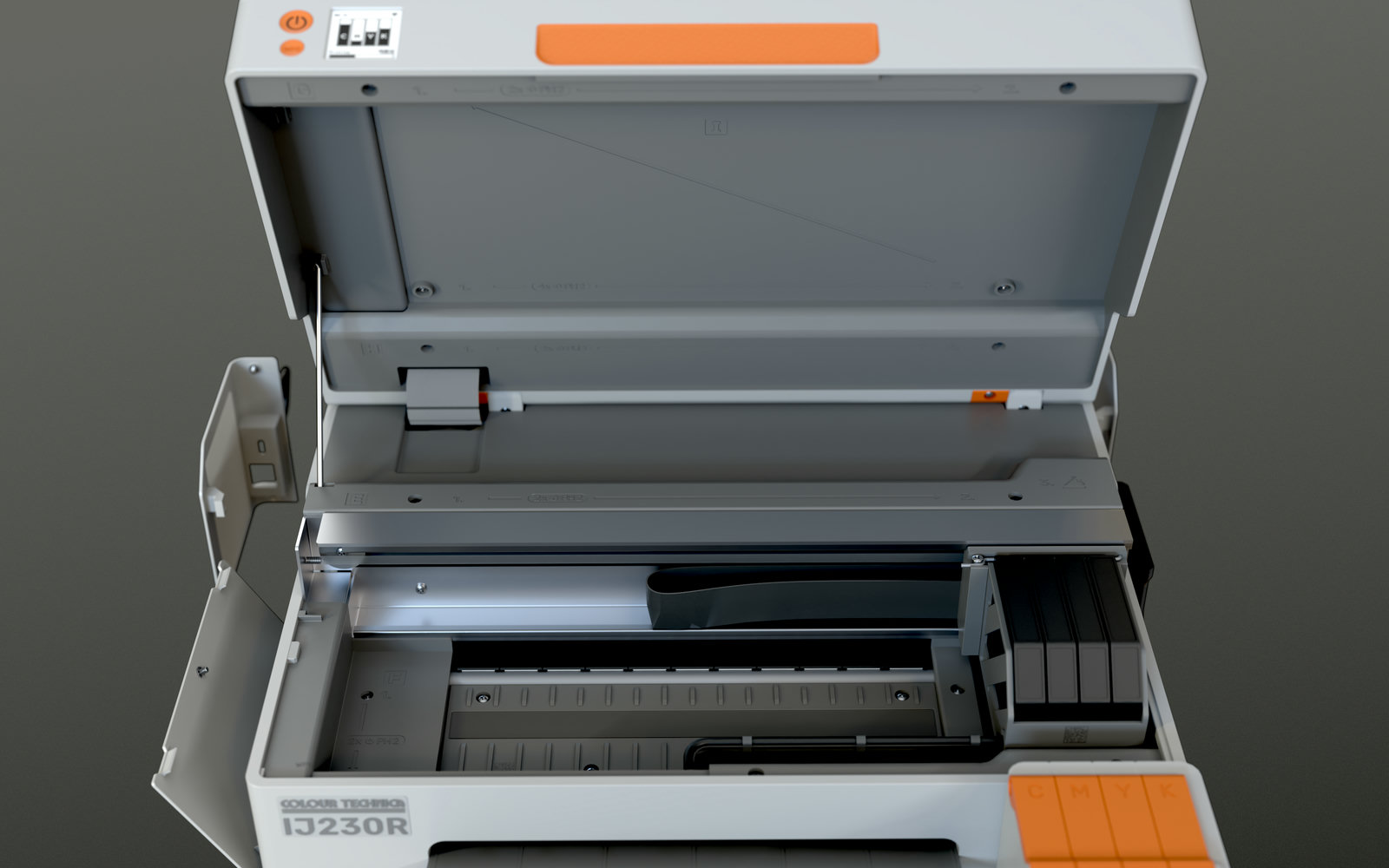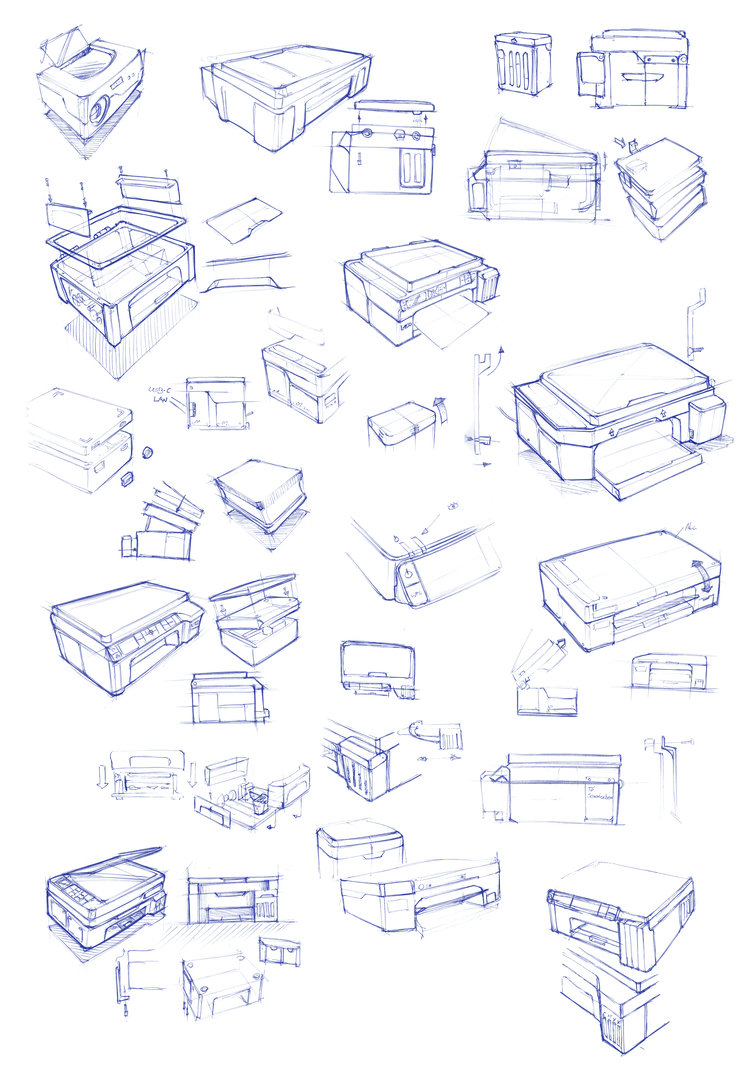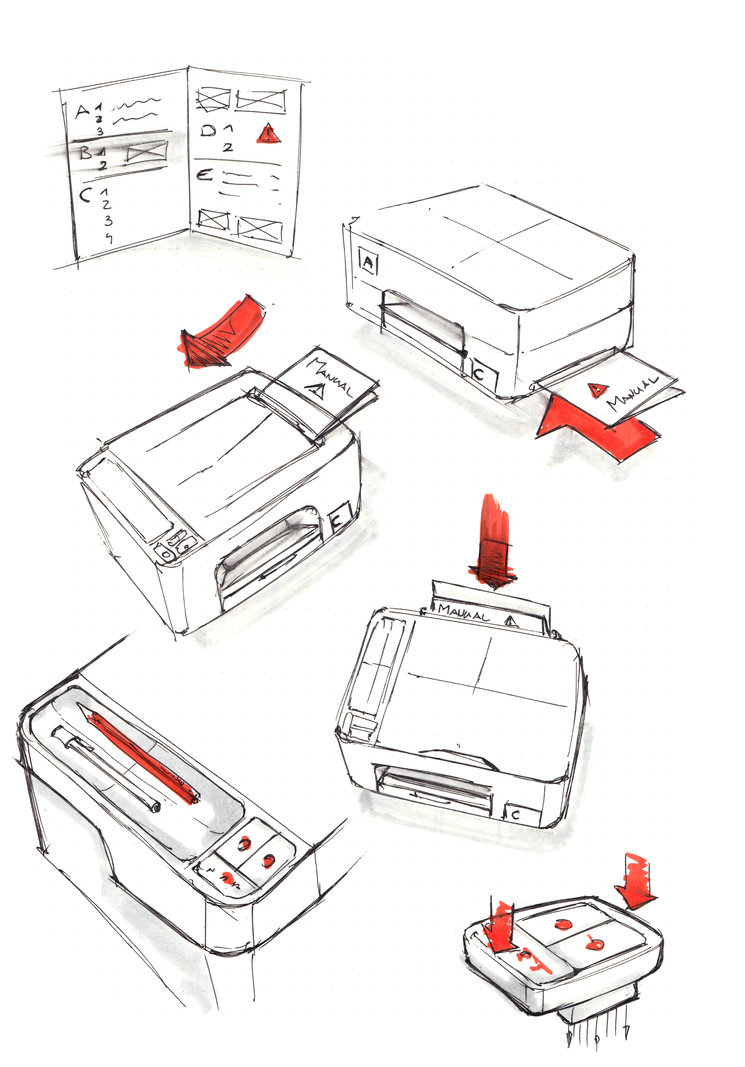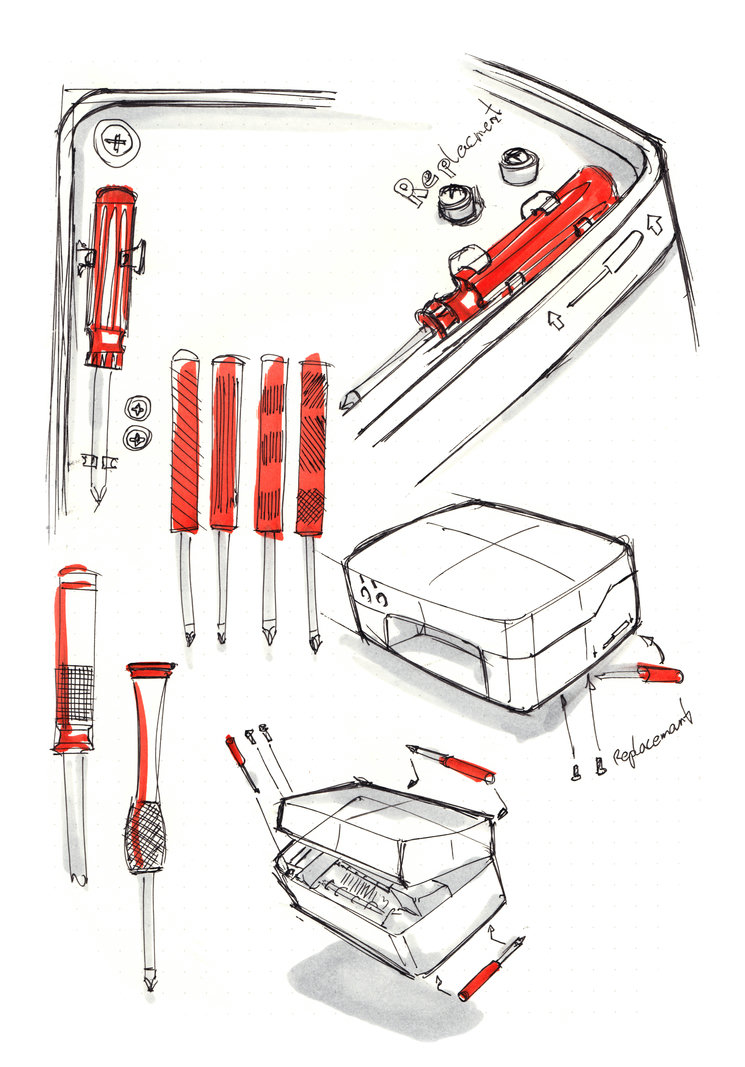Printer Repairability
Master's thesis
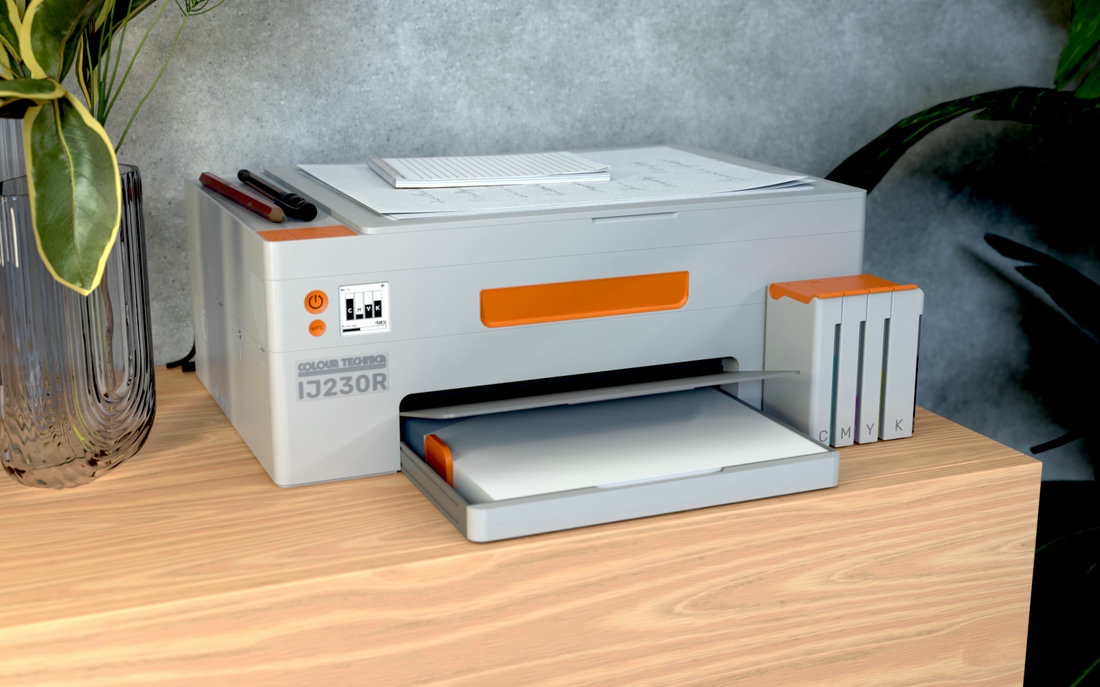
A repairable and modular inkjet printer, based on a newly developed actionable set of repairability criteria.
In view of the climate crisis and the growing amount of electronic waste, it is necessary to develop more sustainable consumption patterns that focus on alternatives to short-lived disposable products. The lifespan of inkjet printers for private use has been demonstrably shortened time and time again in the past through planned obsolescence and has almost become a symbol of recalcitrant technology in the public perception. While current work is focussing on the reparability of smartphones or vacuum cleaners, printers are still a blind spot in the research landscape.
Synopsis
This master’s thesis shows the design of an inkjet printer that is durable and repairable and can therefore serve several owners well over a long period of time. The requirements for such a device were determined by comparing four current repairability indices. In addition, insights were gained from practical disassembly processes of printers from the lower price segment. The theoretical findings were then compared in discussions with repair experts and users.
The reparability indices were used to create a comprehensive catalogue of requirements for the printer. It became clear that the technical design of the device only partly contributes to a long service life. Equally important are a long-term software concept that offers good user-friendliness from the outset, good availability of spare parts and comprehensive documentation that supports the use and repair of the printer.
When designing and building such a repairable printer, a suitable business model must also be developed that takes into account the long-term service of the device.
Concepts and Ideation
While the majority of this Master's thesis revolves around research into repairability, it has been ensured that the actual design of the printer receives sufficient attention. The approach was that of a buildable device with realistic components and space requirements for its interior. Modularity and ease of disassembly played a key role in the initial design studies.
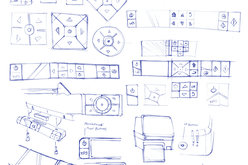
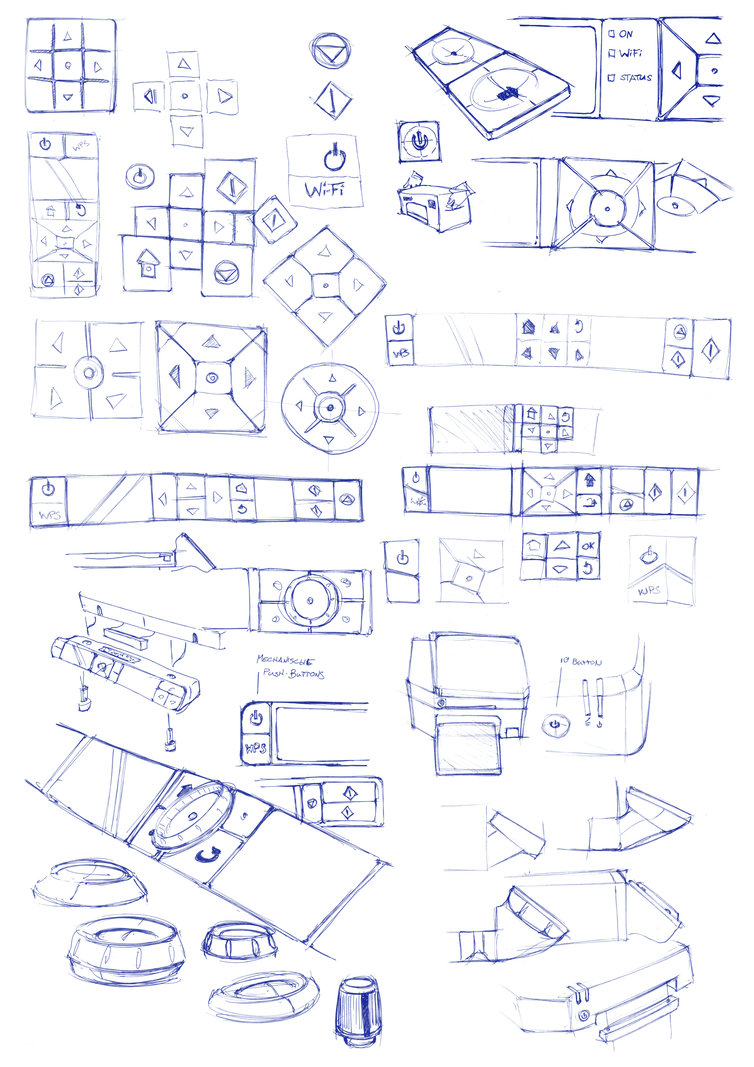
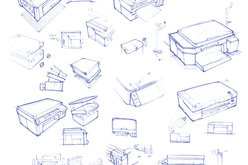
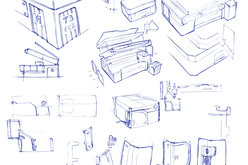
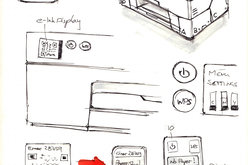
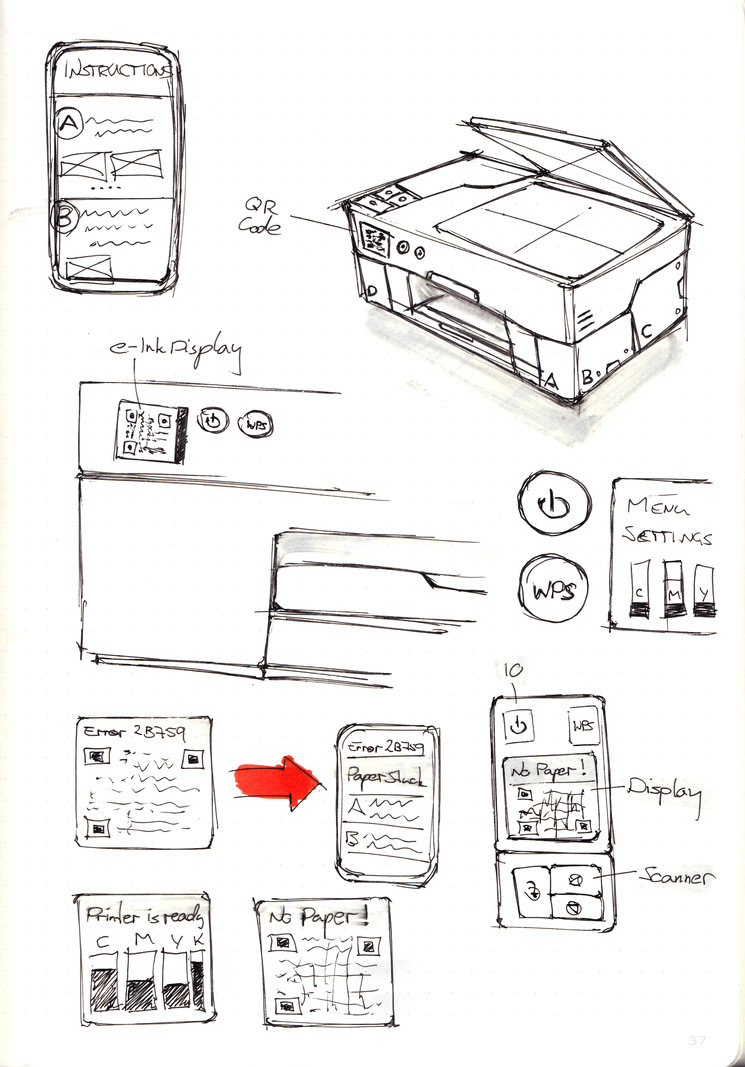
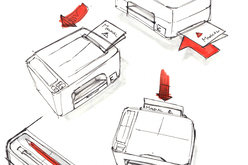
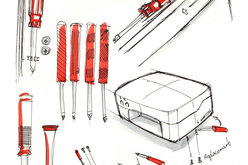
Repairability Criteria
By collecting and analysing several repairability rating systems, I was able to infer 16 essential criteria that are relevant to designing a product that is highly repairable. Although researched with inkjet printers in mind, these criteria are broadly applicable to most line-powered products.
| Group | no. | Criteria |
|---|---|---|
| Product Design | 01 | Identifiability of the device |
| ↳ | 02 | Identifiability of parts |
| ↳ | 03 | Tools |
| ↳ | 04 | Connectors |
| ↳ | 05 | Dissassembly depth |
| ↳ | 06 | Modularity |
| ↳ | 07 | Parts standardisation |
| ↳ | 08 | Safety and required knowledge |
| Documentation | 09 | Disassembly instructions |
| ↳ | 10 | Exploded diagram |
| ↳ | 11 | 3D Printable parts |
| Software | 12 | Software and firmware updates |
| ↳ | 13 | Resetability |
| ↳ | 14 | Easy troubleshooting |
| Replacement Parts | 15 | Responsibility of the distributor |
| Service | 16 | Responsibility of the distributor |
Supervisors
- Univ.-Prof. Mag.art. Mario Zeppetzauer
- Univ.-Prof. Dr.phil. Florian Sametinger
